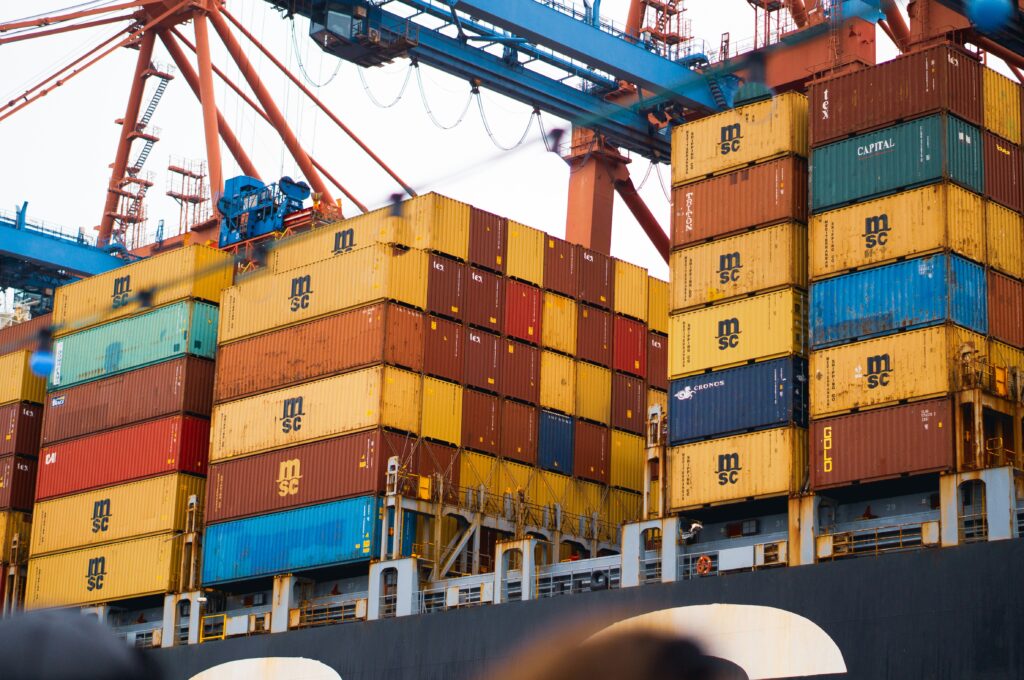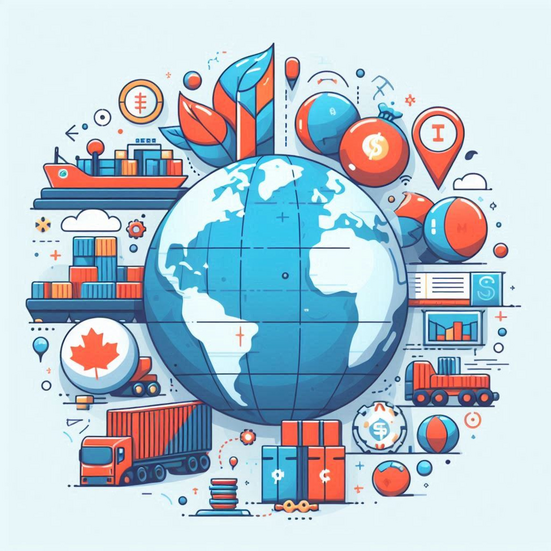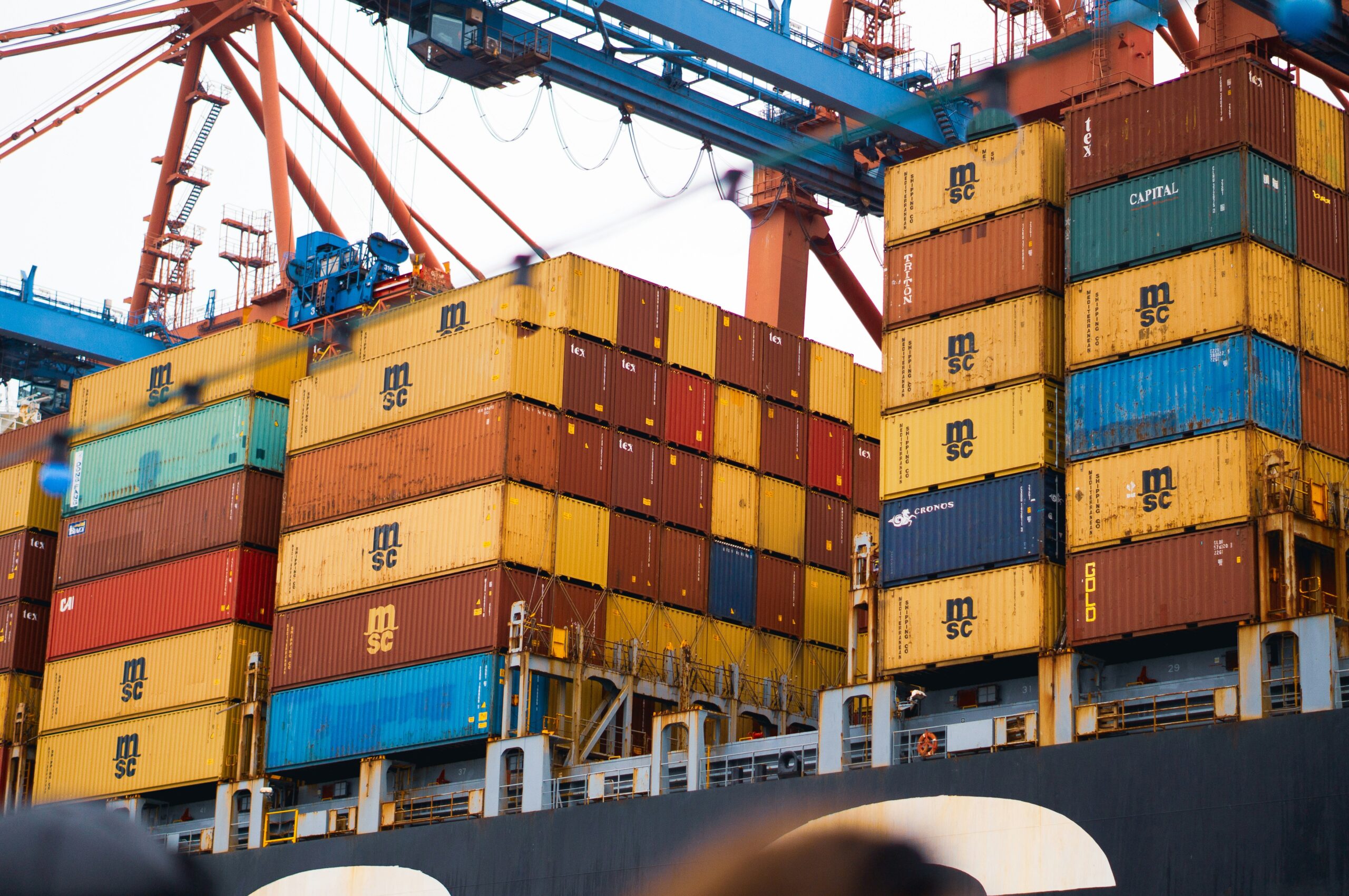Thailand is one of the top exporters on the planet in various areas, exhibiting how much its economy relies upon exports. Its export-based economy is based on agricultural goods like rice, rubber, and tropical fruits, which are upheld by fisheries like canned tuna and shrimp. Additionally, important contributions include electrical appliances and electronics, such as integrated circuits and computer components. With its production and international shipment of automobiles and auto components, Thailand’s automotive sector is a major exporter. Thai manufacturing skills are also shown via textiles, clothing, and processed foods. Exporting successfully requires an understanding of the demand for these items in global marketplaces.

Enrolling as an exporter
To trade products from Thailand, legitimate enrollment is fundamental. The organizations need to enlist themselves with the Department of Business Development (DBD) under the Ministry of Commerce for them to be considered as having a legitimate business status. Moreover, it is the prerequisite of customs operations that an Exporter ID Number (EIN) be applied for with the Thai Customs Division. Companies with revenues year exceeding THB 1.8 million have to apply for Value Added Tax registration (VAT). Furthermore, there are also certain sector-specific licenses or permits that an exporter must ensure they have obtained based on the type of goods they intend to export.
Knowledge of export laws
The purpose of Thailand’s export laws is to guarantee adherence to both national and international standards. Certain commodities, including agricultural products, antiquities, and certain chemicals, fall under the category of regulated objects and need particular authorization from the appropriate regulatory agencies. The Ministry of Agriculture could have to approve agricultural exports, for instance, whereas the Department of Fine Arts would have to approve things like antiques. For food and agricultural exporters to guarantee quality and safety, they must adhere to international sanitary and phytosanitary standards. Gaining knowledge of the destination country’s import laws is also essential since they have a big influence on the export procedure.
Getting documentation ready
The preparation of all necessary papers is crucial as well. Besides the packing list indicating what cargo is carried, the exporters must also provide a commercial invoice which presents details concerning the commodities, their pricing, and other sales conditions. It is also classically used to support claims for lower taxes under free trade agreements by proving importation of goods from particular countries. This usually done by providing a document authenticated by the Thai Chamber of Commerce known as the Certificate of Origin (C.O). Further to this, the dispatched goods should also be accompanied by a Bill of Lading (B/L) / Airway Bill (AWB) of the carrier to the goods. Moreover, depending on the types of goods, further extra supporting documents, such as inspection certificates, have to be submitted along with the export declaration through the Thai Customs E-Customs system.
How to handle customs clearance
Processing customs clearance is a requirement for all Thai exports. Exporters may now electronically submit their declarations using the Thai Customs Department’s online E-Customs system, which has expedited this process. After examining the export statement and related paperwork, customs officers could physically examine the items. Certain items, including sugar and rubber, are subject to export tariffs, which exporters are required to pay. Once these procedures are finished and customs clearance is obtained, the package is prepared for transportation to the port or airport for export.
Selecting shipping and logistics methods
It is essential to use the right logistics approach to guarantee the timely and safe delivery of products. Though more expensive, air freight is best for valuable or urgent items. Despite being slower, sea freight is more cost-effective for large goods. When exporting goods to places like Laos, Cambodia and Malaysia, road transport comes as a viable alternative. Engaging trusted freight forwarders and or logistics companies makes it easy to handle such complex documents, avoid delays and speed up the shipping process.
Leveraging trade agreements
Importers are in a position to reduce tariffs and enhance their chances of succeeding in the international business due to the fact that Thailand is a member of a number of free trade agreements (FTAs). Thailand-Australia Free Trade Agreement (TAFTA) And AFTA allowed Thai goods to these countries with low to no duty. For these benefits to be realized, however, exporters must obtain the requisite WCF and ensure that the goods the wish to export meet the conditions set in the FTA concerning product origin. These agreements provide access to wider trade networks in addition to lowering the cost of Thai exports for foreign consumers.
Marketing and finding buyers
Long-term export success depends on finding and establishing connections with foreign clients. Attending exhibits and trade shows is a great approach to introduce items and establish connections with possible customers. Market reach may also be increased by listing items on international e-commerce sites. The Thai Trade Centers located worldwide as well as the Department of International Trade Promotion serve as great resources for exporters exploring new markets. To achieve such an objective, however, it is very important to have a well-articulated marketing strategy that is formulated and tailored to fit the foreign market. Marketing is thus a crucial key to penetration of new international markets by making global uprisings in global trade and exporting their countries goods.
You may also find these articles helpful
Exporting goods from Malaysia- full guide
Exporting goods from Sao Tome and Principe



